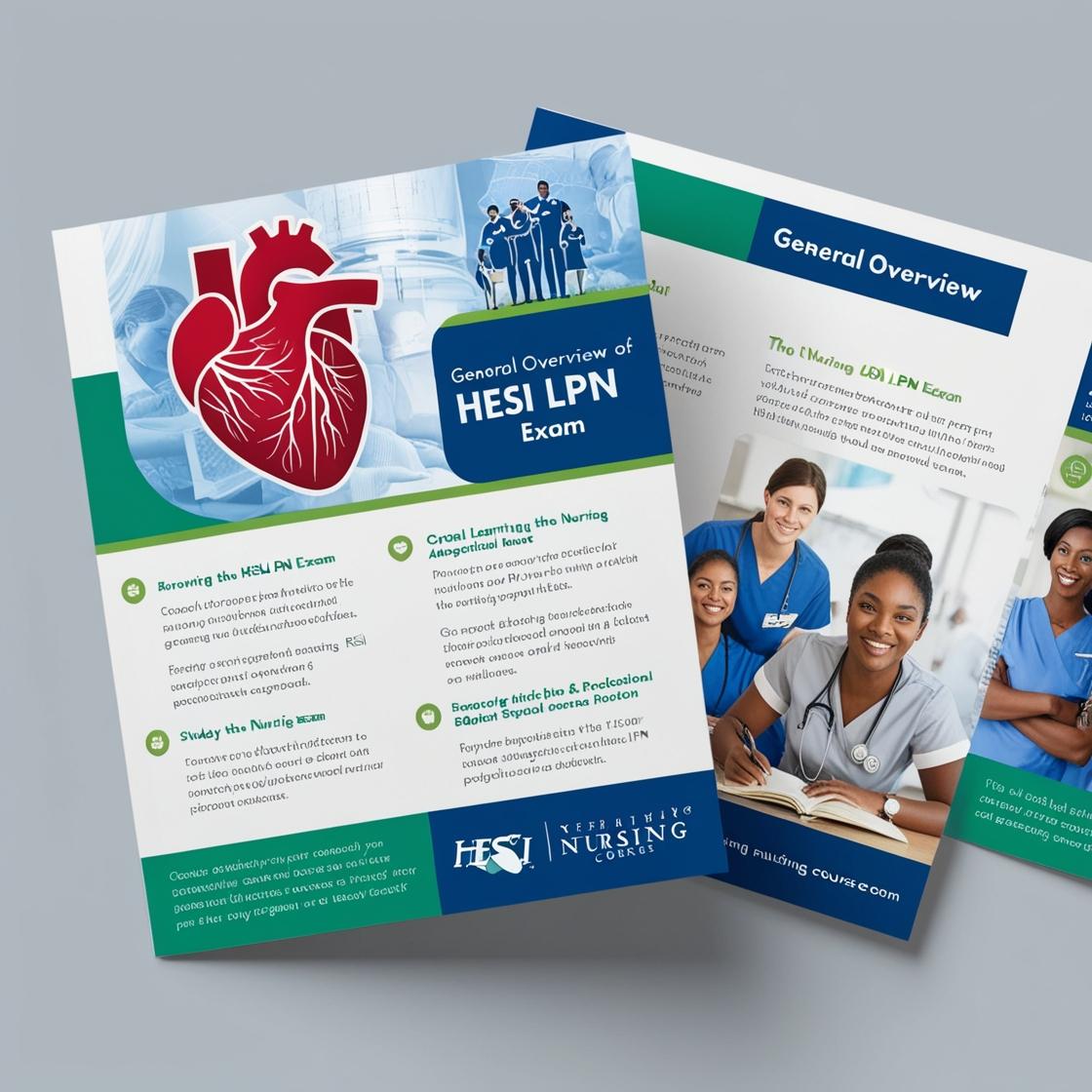HESI LPN
Adult Health Exam 1 Chamberlain
1. A client is scheduled for a sigmoidoscopy and expresses anxiety about the procedure. What should the nurse do first?
- A. Offer information about the procedure steps
- B. Administer an anxiolytic before the procedure
- C. Encourage the client to discuss their fears
- D. Reassure the client that the procedure is common and safe
Correct answer: C
Rationale: The correct first action for the nurse when a client expresses anxiety about a procedure is to encourage the client to discuss their fears. By allowing the client to express their concerns, the nurse can provide personalized support, address specific worries, and offer tailored information. This approach helps to establish trust, reduce anxiety, and promote a therapeutic nurse-client relationship. Offering information about the procedure steps (Choice A) may be helpful but should come after addressing the client's fears. Administering an anxiolytic (Choice B) should not be the first action as it focuses on symptom management rather than addressing the underlying cause of anxiety. Reassuring the client that the procedure is common and safe (Choice D) is important but should follow active listening and addressing the client's fears.
2. The nurse is assessing a client with hyperkalemia. Which finding is consistent with this electrolyte imbalance?
- A. Muscle weakness
- B. Decreased deep tendon reflexes
- C. Constipation
- D. Hypotension
Correct answer: A
Rationale: Muscle weakness is a common finding in clients with hyperkalemia. Hyperkalemia can lead to muscle weakness due to the effect of high potassium levels on muscle function. Decreased deep tendon reflexes (Choice B) are not typically associated with hyperkalemia; instead, hyperreflexia or increased reflexes may be observed. Constipation (Choice C) is not a common symptom of hyperkalemia. Hypotension (Choice D) is also not a typical finding in hyperkalemia; instead, hypertension or normal blood pressure may be present.
3. A client with chronic obstructive pulmonary disease (COPD) is using a metered-dose inhaler (MDI). What technique should the nurse emphasize?
- A. The importance of using a spacer
- B. How to synchronize breaths with inhaler activation
- C. Regular cleaning of the inhaler
- D. All of the above
Correct answer: D
Rationale: In managing COPD with a metered-dose inhaler (MDI), the nurse should emphasize all of the techniques mentioned. Using a spacer can help improve drug delivery and reduce the risk of oral thrush. Synchronizing breaths with inhaler activation ensures proper medication delivery to the lungs. Regular cleaning of the inhaler prevents blockages and ensures optimal functioning. Therefore, all these techniques are important for effective COPD management, making 'All of the above' the correct answer. Choices A, B, and C are all crucial components of proper MDI technique in COPD, so they are not individually sufficient without the others.
4. During the shift change report at an acute care hospital, the charge nurse assigns the Licensed Practical Nurse (LPN) to care for a client. Which task is within the LPN's scope?
- A. Administering IV medication
- B. Conducting initial client assessments
- C. Providing wound care for a stage III pressure ulcer
- D. Teaching a diabetic client about insulin administration
Correct answer: C
Rationale: The correct answer is C. LPNs are trained to provide basic nursing care such as wound care. Providing wound care for a stage III pressure ulcer falls within the LPN's scope of practice. Administering IV medication (choice A) requires a higher level of skill and is usually the responsibility of registered nurses. Conducting initial client assessments (choice B) demands more advanced training and is typically performed by registered nurses. Teaching a diabetic client about insulin administration (choice D) involves patient education and is usually within the scope of registered nurses or other healthcare professionals with specific training in diabetic care.
5. The nurse is caring for a client who is scheduled for surgery in the morning. The client reports drinking a glass of water at midnight. What should the nurse do?
- A. Notify the anesthesiologist
- B. Document the intake in the medical record
- C. Cancel the surgery
- D. Instruct the client to fast until the surgery
Correct answer: A
Rationale: The correct answer is to notify the anesthesiologist. When a client reports drinking water close to the time of surgery, it is important to inform the anesthesiologist as it can impact the administration of anesthesia. The anesthesiologist needs this information to make decisions regarding anesthesia administration. Documenting the intake in the medical record is important for documentation purposes, but the immediate action needed is to inform the anesthesiologist. Canceling the surgery is not necessary based solely on the intake of water; the anesthesiologist will determine the appropriate course of action. Instructing the client to fast until the surgery may not be appropriate without consulting the anesthesiologist first, as the situation needs to be assessed by the anesthesia team.
Similar Questions

Access More Features
HESI LPN Basic
$69.99/ 30 days
- 50,000 Questions with answers
- All HESI courses Coverage
- 30 days access @ $69.99
HESI LPN Premium
$149.99/ 90 days
- 50,000 Questions with answers
- All HESI courses Coverage
- 30 days access @ $149.99
